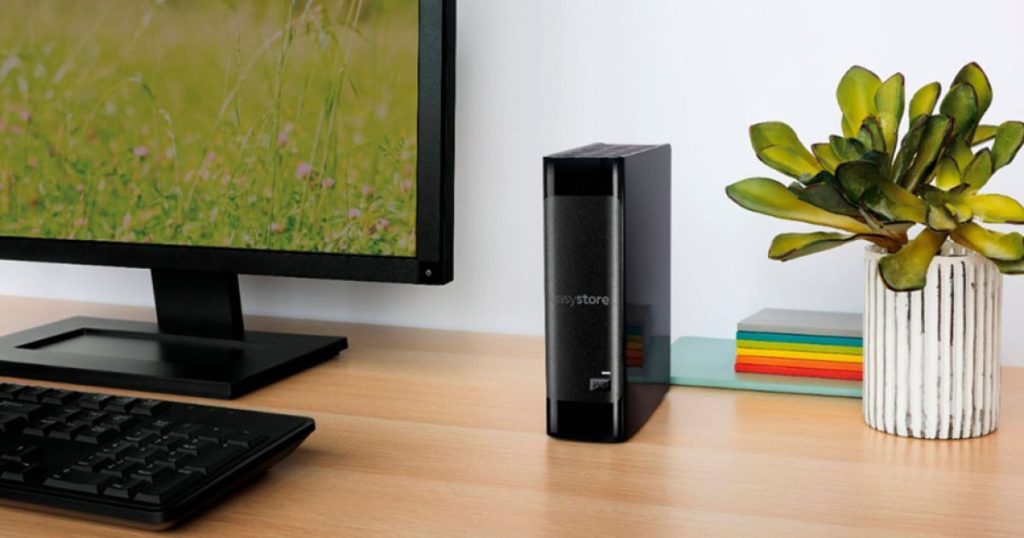Using an external hard drive with both Windows and MacOS used to be a challenge, but it’s now more feasible thanks to a process called partitioning available in both operating systems. When you partition a hard drive, you’re essentially dividing its internal storage space into different sections that can be formatted to work with different types of computers.
The choice of a partitioning system is key when choosing an external hard drive that will work across different platforms, including a macOS machine over a Windows system. If your external hard drive need to accommodate files larger than 4GB, NTFS is a good option if you mainly use Windows 11, while MacOS Extended is an option for a Mac. And if you need to share files between the two platforms, exFAT is a suitable choice.
Before formatting your external hard drive, it’s important to back up any important data stored on it. Once you have an idea of how you primarily use your device, you can proceed to start formatting.
Partition the Drive on Windows 11
The first thing to do is right-click on the Start button and select Disk Management on the Power User menu. This will allow you to set the appropriate partition style and allocate space for saving data.
Partition the Drive in MacOS Sonoma
With MacOS, you may need to create two partitions for your external drive. The process is simpler than in Windows and involves fewer steps.
Final Notes
Partitioning a hard drive isn’t a complicated process, whether you’re using Windows or a Mac. Paid applications like Paragon’s Microsoft NTFS software or the free and open-source Tuxera can also be used to enable NTFS to read/write support on your Mac.
Can you Share an External Hard Drive Between Mac and PC?
Yes, you can. It’s recommended to partition your external hard drive for optimized read-and-write performance for both Windows and MacOS, based on your primary usage.
Is exFAT for Both Mac and Windows?
Yes, exFAT is compatible with both Mac and Windows. It’s a standard format for external drives that need to work across both systems, but is best used for files less than 4GB.


